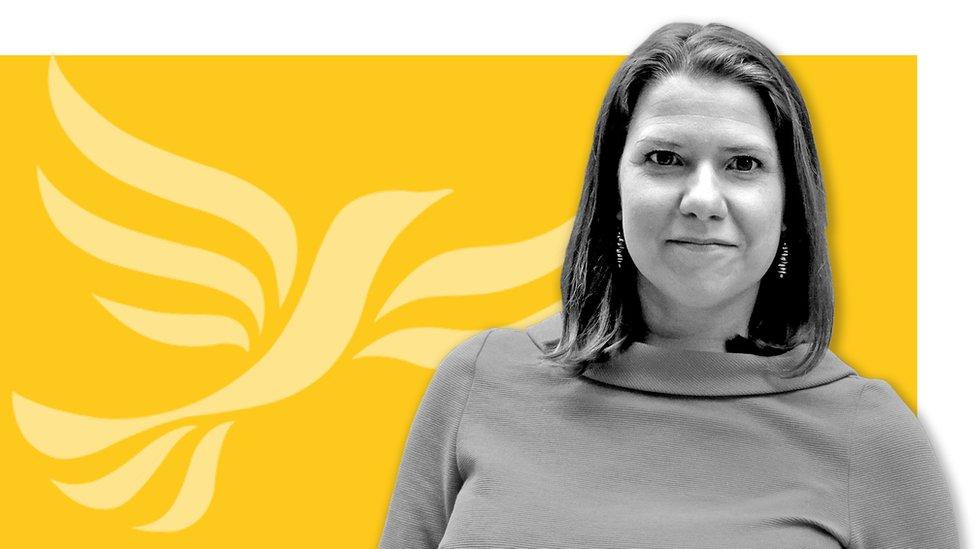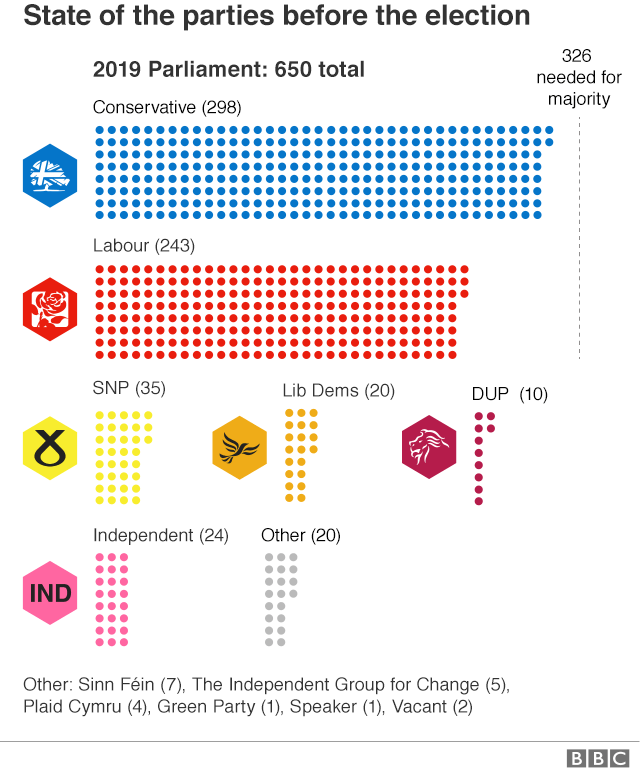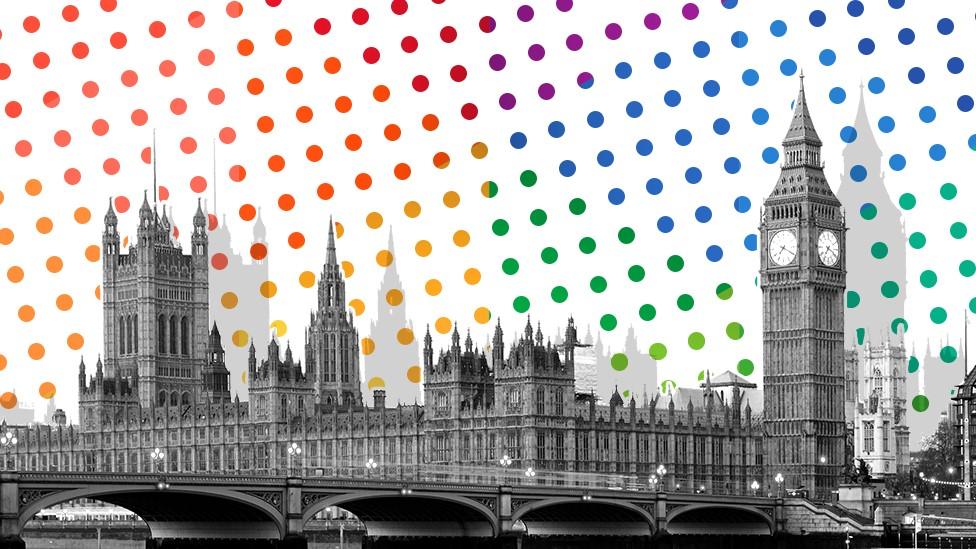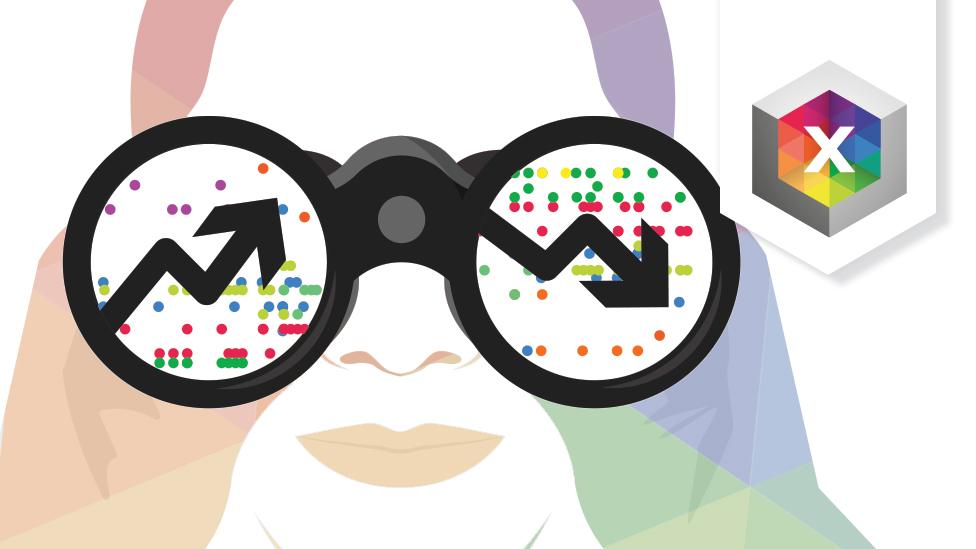General election 2019: A simple guide to the Liberal Democrats
- Published

The Liberal Democrats were the fourth biggest party in the House of Commons, with 20 MPs out of 650 when Parliament was dissolved on 6 November.
Often called the Lib Dems, they have traditionally tried to occupy the centre ground in British politics, between the Conservatives and Labour.
Who is the leader?
Jo Swinson. She is a 39-year-old former public relations executive. Her parliamentary career began in 2005 when she won her home-town seat of East Dunbartonshire making her the then youngest MP, aged 25. She lost her seat to the SNP in the 2015 election before winning it back two years later. She was a business minister in the Conservative-Lib Dem coalition government, between 2012 and 2015, with responsibility for employment relations and consumer affairs.
What do they need to do to win the election?
The Liberal Democrats need to elect 306 more MPs than they had when Parliament was dissolved to form a government on their own, without having to seek a coalition deal with other parties.
Five key election pledges
The Lib Dems launched their 2019 election manifesto, with the slogan Stop Brexit Build A Brighter Future, external, on 20 November. It is the the party's detailed programme for government if it wins power.
Here are five policies in it:
Stop Brexit, which the party argues will release money to be spent on public services over the next five years
Tackle climate change by reaching 80% renewable energy by 2030 and improving the energy efficiency of homes
Bring in a 1p rise in income tax to spend on health and social care
Spend £10.6bn more a year on schools and hire 20,000 more teachers
Introduce a legal, regulated market for cannabis


Where does the party stand on Brexit?
It wants Brexit cancelled. The party has promised to stop the UK from leaving the EU, if it wins the election.
If it does not win outright, the party says it will support another referendum or "People's Vote" on EU membership, in which it would campaign to Remain.
In a bid to boost the number of pro-Remain MPs, the Lib Dems have struck an agreement with Plaid Cymru and the Green Party not to compete against each other in some seats.
What else do they stand for?
The Liberal Democrats are the most pro-European of the main Westminster parties and also have a long track record of campaigning for civil liberties and social justice.
Liberal Democrat policy in a tweet
Allow X content?
This article contains content provided by X. We ask for your permission before anything is loaded, as they may be using cookies and other technologies. You may want to read X’s cookie policy, external and privacy policy, external before accepting. To view this content choose ‘accept and continue’.

How many members does it have?
According to the most recent figures,, external in July, the Lib Dems had 115,000 members.
What is the Liberal Democrats' history?
The party has its origins in the Liberal Party, which alongside the Conservatives dominated the British political landscape in the 19th and early 20th Centuries.
The modern-day party emerged out of a merger of the Liberal Party and the Social Democratic Party (formed by ex-Labour MPs) in the 1980s.
It had its most-successful general election in 2005, when it won 62 seats, and five years later it entered a coalition government with the Conservatives.
There has never been a Liberal Democrat prime minister.
What about the other parties?
- Published6 December 2019

- Published11 December 2019

- Published6 November 2019
